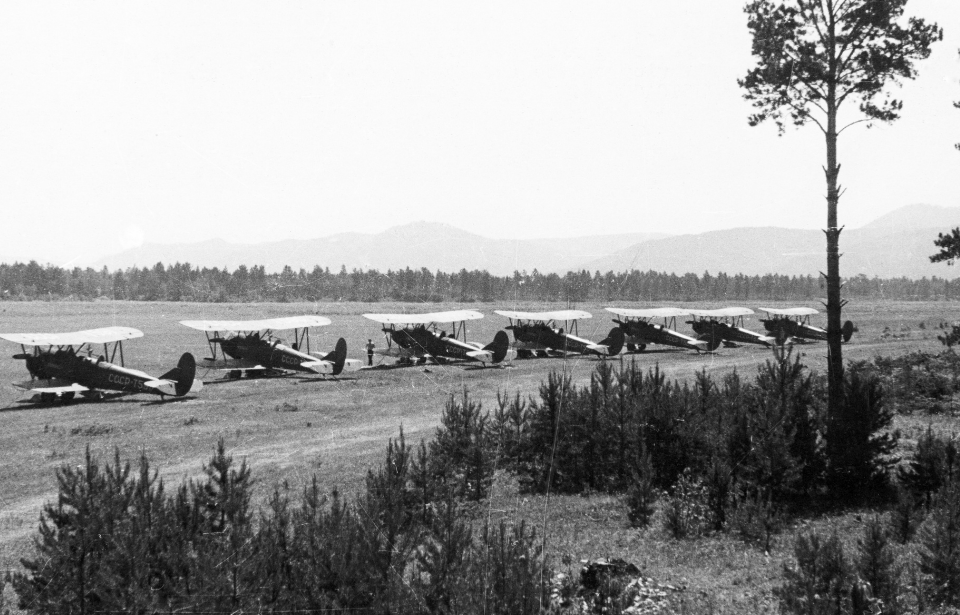The Soviet Polikarpov Po-2 plane was initially designed to be a crop duster but ended up being surprisingly essential for the Soviets during the Second World War. In fact, the Po-2 is the most produced military plane of all time. Here, we take a look at its surprising success story.
Humble beginnings
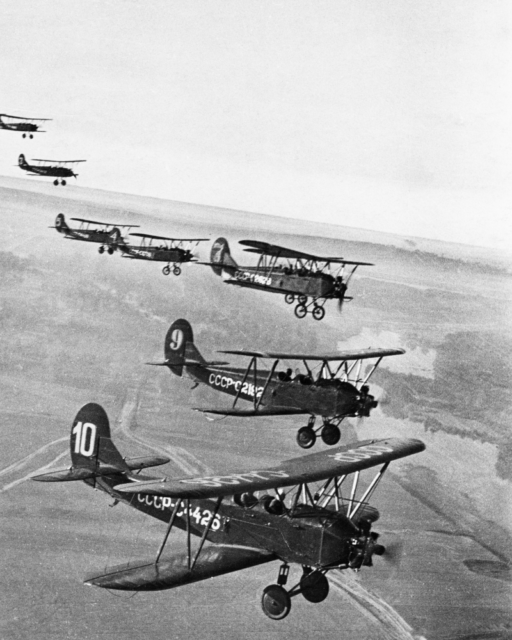
Russian aircraft designer Nikolai Polikarpov developed the Soviet Polikarpov Po-2 plane in 1927. It replaced the U-1 trainer known as Avrushka to the Soviets.
Prior to the Second World War, the Po-2 plane (originally known as the Soviet ‘U-2’) was used as a training plane for pilots. The ‘U’ in ‘U-2’ stands for ‘uchebnyy,’ which is Russian for training. During the 1930s, the Soviet U-2 plane was ideal for beginners as it rarely went into a tailspin.
In the interwar years, the U-2 also was used as an agricultural aircraft that was used to spray crops. After the Second World War, it was affectionally still referred to as the “corn duster” by Soviet soldiers.
Old technology in WW2
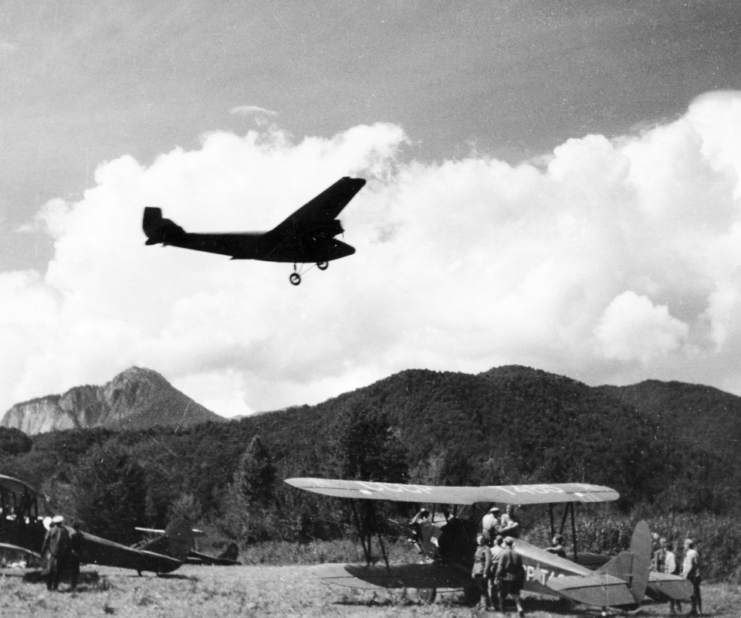
By the start of the Second World War, the Po-2 biplane was already considered outdated. The aircraft offered virtually no protection from the elements to its passengers. During the cold winter months, pilots often suffered from frostbite, while the plane itself became so cold that just touching them could rip bare skin off.
The Po-2 flew at a maximum speed of 95 miles per hour (or about 153 kilometers an hour), and could only fly at distances of up to 250 miles (or about 402 kilometers).
The Po-2 was made out of plywood with canvas. The plane was highly flammable, and if it was hit, the entire plane would burn up in the air before it reached the ground.
Turning lemons into lemonade
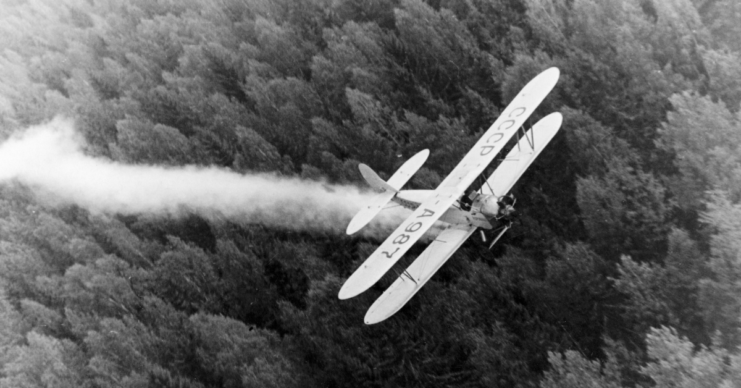
Despite all these apparent shortcomings, the Po-2 biplane became one of the most effective weapons for the Soviets during the Second World War, as they turned the plane’s disadvantages into advantages. Because the Po-2 was so small, it could take off and land basically anywhere- including battlefields. Soviet bomber Yakov Mikhailovich Sheinkman recalled landing his Po-2 near the battlefield during the Battle of Prokhorovka in July 1943, only to be able to take off again over “a sea of fire.”
The Po-2 biplane’s claim to fame was when it was used as a light night bomber. The slow speed of the Po-2 meant that it had to fly at a very low altitude. This allowed for the pilots to precisely hit targets on the ground. These planes flew so low to the ground that pilots could target specific items such as a German cigarette. Po-2s posed a psychological threat to German soldiers, who were often forced to spend their winter nights without a fire to stay hidden from the Soviet Po-2 bombers.
The Po-2 biplane was famously used by Marina Raskova’s 588th bomber regiment, nicknamed the “Night Witches” by the Germans. This all-female regiment perfected silently attacking the Germans in their Po-2s. They would idle the Po-2’s engines and then glide in the darkness into their designated bombing area. This created a sound similar to a witch broom, which lent them their now-famous nickname.
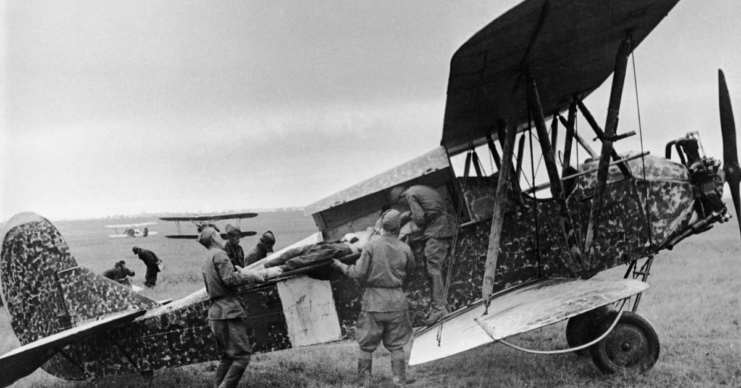
During the Second World War, the Po-2 was used as a messenger, ambulance, transport, and combat aircraft. The Soviet U-2 was officially renamed the Polikarpov Po-2 in 1944. Interestingly, the Po-2 is the only biplane in history that celebrated victory over a jet plane.
More from us: Marina Raskova: The First Soviet Woman To Become A Professional Air Navigator
The Po-2 biplane also took part in the Korean War, playing an active role until the end of the War in 1953.
